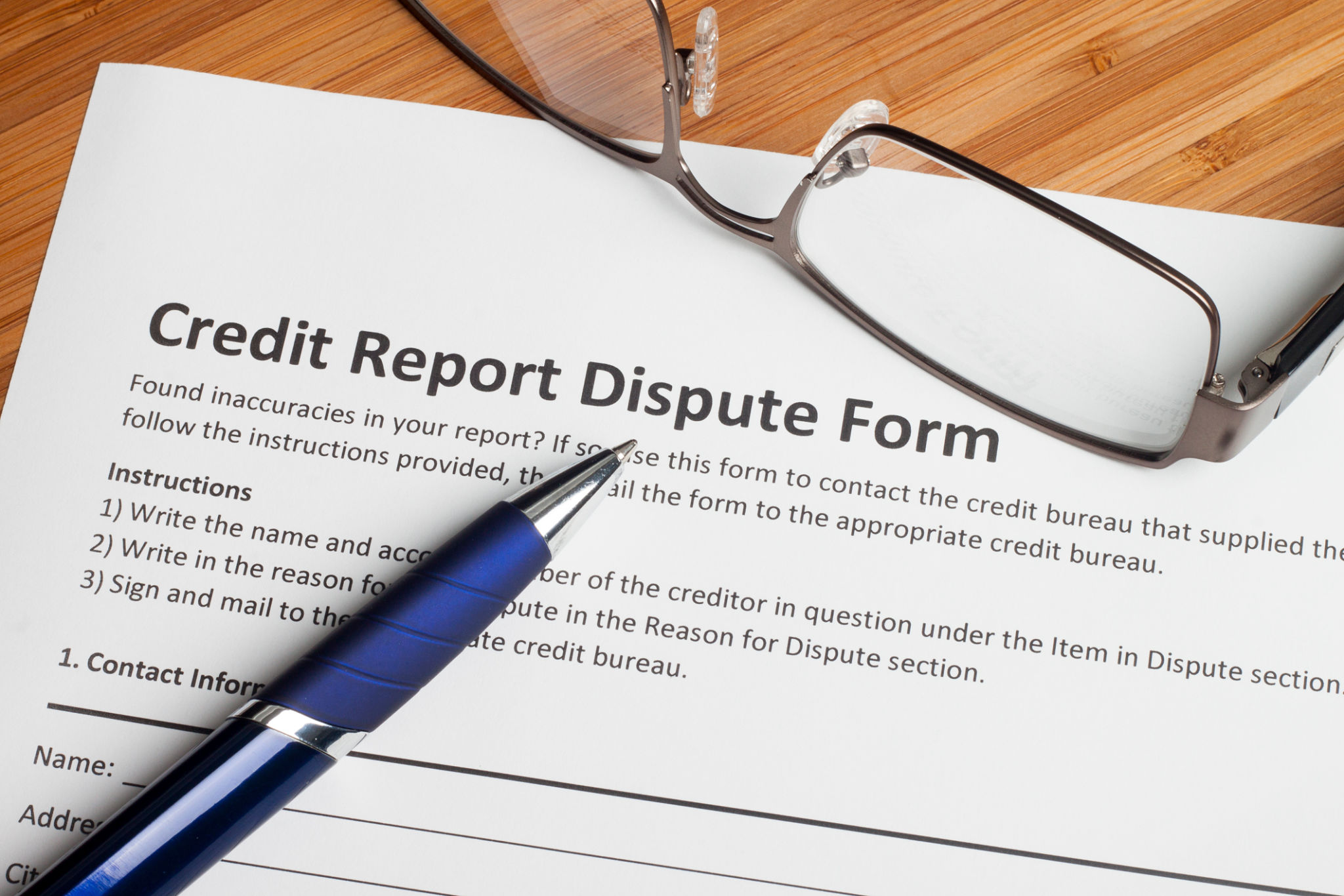The Ultimate Guide to Chargeback Claims: Tips for Successful Financial Recovery
Understanding Chargeback Claims
Chargeback claims are a vital mechanism for consumers seeking financial recovery when a transaction goes awry. They allow individuals to dispute a transaction and potentially reverse the payment made to a merchant. Understanding the intricacies of chargeback claims can help you navigate the process more effectively, ensuring a higher chance of success. This guide will walk you through the key steps and strategies for making successful chargeback claims.

Common Reasons for Chargebacks
There are several reasons why a consumer might initiate a chargeback. These typically include unauthorized transactions, goods or services not received, defective merchandise, or billing errors. Recognizing the reason for your chargeback claim is crucial as it will determine the evidence you need to provide and the approach you should take.
In cases of unauthorized transactions, ensure that you report the issue promptly to your bank or credit card issuer. For issues related to non-receipt of goods or services, or defective products, gather all communication records with the merchant as evidence to support your claim.
Steps to Initiate a Chargeback
To initiate a chargeback, start by contacting your bank or credit card issuer. They will guide you through their specific chargeback process. Here are the general steps you should follow:
- Review the transaction details: Verify that the transaction in question is indeed incorrect or fraudulent.
- Contact the merchant: Attempt to resolve the issue directly with the merchant before escalating to a chargeback.
- Gather documentation: Collect all necessary documents, such as receipts, emails, and any other relevant communication.
- Submit your claim: Provide your bank with all the required information and documents to support your chargeback request.

Tips for a Successful Chargeback
While initiating a chargeback can be straightforward, ensuring its success requires attention to detail and thorough preparation. Here are some tips to help you succeed:
- Act quickly: Most banks have strict time limits for filing chargebacks. Ensure you understand these deadlines and act promptly.
- Be detailed and accurate: Provide as much detail as possible about the transaction and the reason for your dispute.
- Maintain all correspondence: Keep records of all communication with both the merchant and your bank.
- Follow up regularly: Keep in touch with your bank to monitor the progress of your claim.
The Role of Evidence in Chargebacks
The success of a chargeback claim heavily relies on the evidence provided. Banks require clear proof that supports your case. This could include documentation such as invoices, emails confirming transactions, screenshots of defective products, or any other relevant information. The more comprehensive your evidence, the stronger your position will be when contesting a transaction.

Understanding Merchant Responses
Merchants have the right to contest chargeback claims. They might provide their evidence to refute your claim, which can complicate the process. Understanding this aspect can help you prepare better. Be ready to counter any arguments with additional evidence if needed. In some cases, engaging in open communication with the merchant may lead to an amicable resolution without further escalation.
In conclusion, navigating chargeback claims can be complex but armed with the right information and strategies, you can improve your chances of recovering lost funds. Be proactive, detailed, and persistent in your approach to ensure that your chargeback claim is successful.
